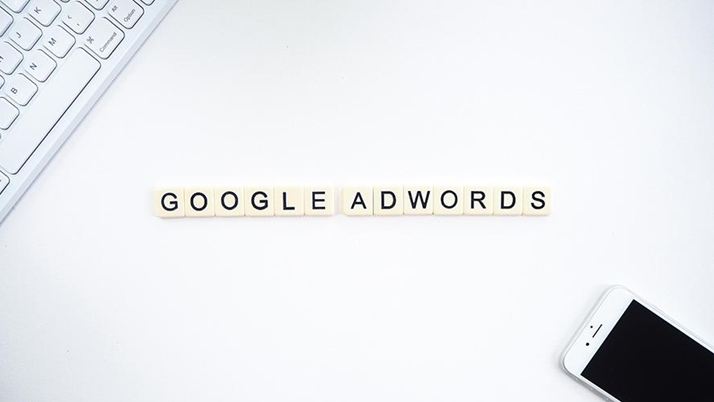Digital marketing and advertising space continue to get more competitive in every industry. Marketers are challenged to be more creative and innovative. One of the leading and most promising marketing channels is Google Ads. However, With buyers being the center of the game, Google keeps evolving its advertisement policies.
Master marketers like Abstract Digital New Zealand have to keep track of the changes, both in buyer behavior and Google Ads priorities, to ensure success for their campaigns. Similar to every year, Google has laid down its priorities for 2022 as well. While these may not seem new, they certainly have a renewed focus on them.
It is in the best interest of the marketing agencies, companies, and advertisers to stay abreast with these priorities and incorporate them into their campaigns.
- Automation gets new opportunities
Google has time and again mentioned the challenges and opportunities that constantly changing customer behavior presents. It has emphasized the need for being ready and adapting with speed and agility to ensure growth.
One way to achieve that is by using automation. Statistics suggest that nearly 80% of the advertisers are using the technology for bidding to save time and enhance performance.
The tech giant advises focusing on the campaign types where you can reach your audiences from a single campaign. Such campaigns allow delivering several benefits including management simplicity, greater ad inventory, multi-channel reach, and incremental conversion.
The company recommends using automation for smart bidding, broad match keywords, and responsive search advertisements.
- Moving toward a new approach to measurement
Measurement has always been one of the biggest challenges for marketers. It is likely to intensify with the removal of third-party cookies, new iOS updates, and many other factors. Clearly, a new approach for measurement is the need of the hour and is going to be critical for the future.
If marketers fail to innovate and adapt, it would be hard to explain the worth of marketing without meaningful data and results. Some privacy and measurement solutions that the company rolls out include improved conversation, consent mode, data-driven attribution, and conversion modeling.
The solutions have to rely on privacy-safe APIs and first-party data. This is the best way to listen to the marketers' needs for tracking campaigns while respecting users' privacy.
- Adhering to norms and meeting expectations for digital privacy
In present times, it is hard to pass a day without hearing of a privacy breach. Google respects its user privacy and understands the need for greater control. While marketers need customers' data to build and nurture a strong relationship, customers need to be sure of data safety. They may also want some level of anonymity when sharing their data.
Google's new privacy playbook update addresses the concerns of both the users and advertisers. It plays on the three highlights viz. forming a direct relationship with customers, ensuring accurate and actionable measurements, and relevancy of advertisement.
- Interpretation of priorities for businesses and marketers
Marketers have relied heavily on paid media to derive sales and reflect direct ROI. While the media is still going to be crucial, its role would change. The role of paid media would depend on the overall marketing strategy you lay down.
For instance, the goal of your efforts for awareness might shift from generating sales to capturing first-party data.

